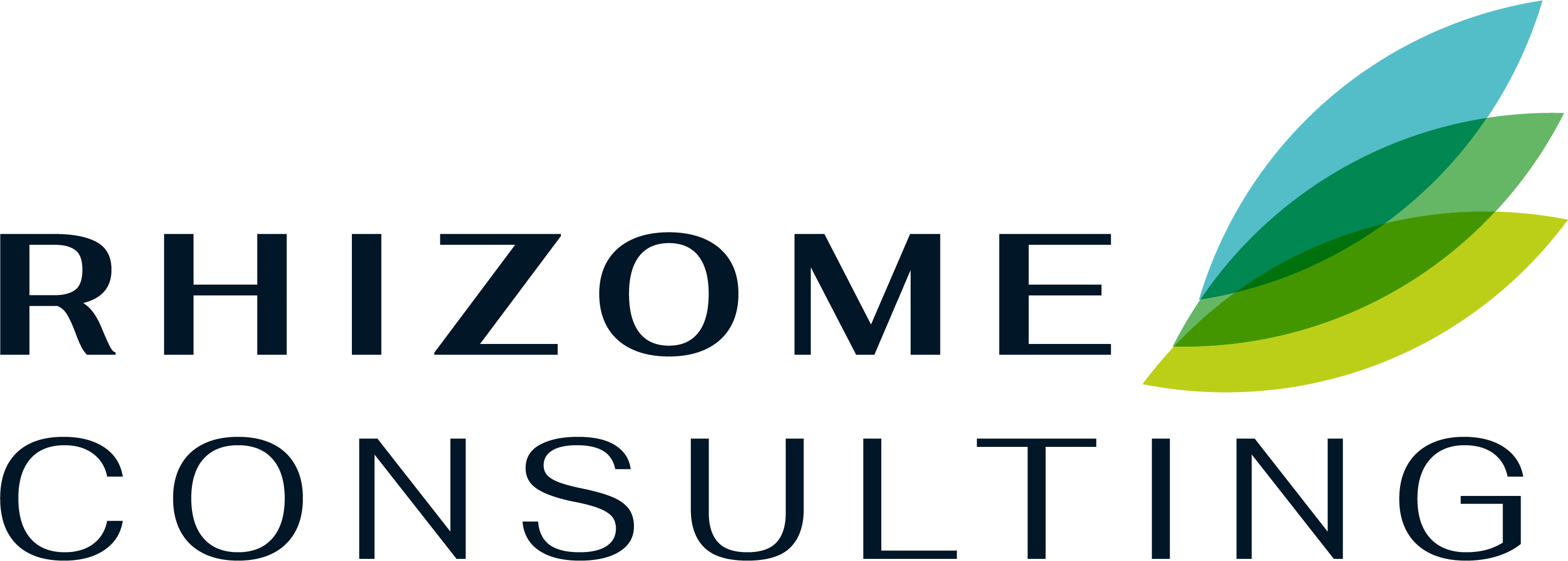Reimagining Performance Reviews: Building Continuous Feedback Loops
- April 1, 2025
- Posted by: Rhizome Desk
- Categories: Business, Employees, Your Guide

The Performance Review Dilemma
For decades, performance reviews have been the cornerstone of employee evaluation in organisations. Traditionally, they have been structured as annual or biannual meetings where managers assess employee achievements, provide feedback, and set future goals. In theory, this system ensures accountability and development. In practice, however, it often falls short, feeling more like a bureaucratic necessity than a meaningful tool for growth.
Many employees dread performance reviews, seeing them as stressful, one-sided, and disconnected from their daily work. Meanwhile, managers struggle to provide feedback that is timely, relevant, and constructive. The issue is not with the concept of performance reviews themselves, but with how they are conducted. In today’s fast-evolving workplace, where agility, collaboration, and continuous learning are key to success, a once-a-year evaluation or maybe twice, is no longer sufficient.
Beyond the Annual Review
Picture this scenario: An employee, Alex, is called in for his yearly performance review. His manager highlights achievements and areas for improvement, some of which date back months. While the feedback is valid, it feels outdated. Many of the challenges mentioned have already been resolved, while some successes went unnoticed when they happened. Alex leaves the meeting feeling neither motivated nor equipped with actionable insights.
This is the flaw of the traditional approach—feedback that comes too late often loses its impact. Real growth happens in the moment, not six or twelve months down the line. Employees thrive when they receive immediate, relevant, and constructive feedback, allowing them to adjust, improve, and innovate continuously.
The Power of Continuous Feedback
A continuous feedback loop shifts performance management from a periodic evaluation to an ongoing conversation. It is a system where employees and managers engage in regular, informal check-ins, where feedback is shared in real time, and where coaching becomes a natural part of daily work.
What makes continuous feedback powerful?
- Timeliness: Immediate and Actionable Insights
Feedback that is given in the moment has a stronger impact. When employees receive immediate input on their performance, they can adjust their approach before mistakes compound or opportunities are lost.
Google has long been an advocate of continuous feedback. The company encourages frequent, real-time performance discussions between managers and employees. Through its internal tools like “Google Check-Ins,” employees can receive instant feedback on their contributions, allowing them to make meaningful improvements quickly. This agile approach to performance management has contributed to Google’s culture of innovation and high employee engagement.
- Engagement: Keeping Employees Aligned and Motivated
Employees who receive ongoing feedback feel more connected to their work and organisational goals. Regular communication ensures they understand how their contributions fit into the bigger picture, driving higher engagement and motivation.
Deloitte, one of the world’s largest professional services firms, found that traditional performance reviews were disengaging employees and failing to capture real performance insights. In response, the company replaced its rigid evaluation system with a continuous feedback model, where employees have weekly check-ins with their managers. This approach has led to higher engagement and productivity, as employees feel supported and aligned with strategic objectives.
- Growth-Oriented: A Focus on Development Over Evaluation
Traditional performance reviews often feel like a scorecard—an evaluation of past actions rather than a forward-looking development plan. Continuous feedback, however, fosters a growth mindset, helping employees develop their skills and reach their potential.
Microsoft transformed its performance management by eliminating stack-ranking evaluations and replacing them with a system of continuous coaching and feedback. Employees now engage in ongoing discussions about their development, leading to improved learning, adaptability, and overall job satisfaction.
- Stronger Relationships: Building Trust Between Managers and Employees
Frequent and open feedback creates a culture of trust and psychological safety. When employees know they can have constructive conversations with their managers without fear of judgment, they are more likely to be open about challenges and seek guidance.
Netflix is known for its culture of radical candour, where employees at all levels are encouraged to give and receive direct feedback. This has led to a workplace where trust and transparency are key drivers of performance. Employees appreciate the open dialogue, which allows them to grow and succeed in a supportive environment.
Culture as the Catalyst for Change
Moving from traditional performance reviews to a continuous feedback system requires more than just new processes. It demands a cultural shift. Organisations must foster a work environment where feedback is welcomed, constructive, and embedded in daily interactions rather than reserved for scheduled meetings.
A great example of this approach can be seen in Adobe’s “Check-In” System. Several years ago, Adobe scrapped its annual performance review model in favour of ongoing, informal check-ins between employees and managers. This change eliminated excessive paperwork, increased productivity, and improved employee engagement. By prioritising frequent, meaningful conversations over rigid evaluation forms, Adobe created a performance management system that is agile, responsive, and focused on growth.
Implementing Continuous Feedback Loops
For organisations looking to transition to a continuous feedback model, here are a few key strategies:
1. Foster a Feedback Culture
- Encourage open, two-way conversations where feedback is seen as a tool for improvement rather than criticism.
- Train leaders to give and receive feedback in a way that promotes psychological safety and professional growth.
- Recognise employees who actively seek and apply feedback, reinforcing a culture of continuous learning.
2. Incorporate Regular Check-Ins
- Replace annual reviews with frequent one-on-one meetings between employees and managers to discuss progress, challenges, and development opportunities.
- Encourage peer-to-peer feedback, allowing employees to learn from each other in real time.
- Ensure these check-ins are structured yet flexible, focusing on learning, support, and goal alignment rather than rigid evaluation.
3. Leverage Technology for Instant Feedback
- Implement digital platforms like Workday, 15Five, Lattice, or Officevibe to facilitate instant feedback, track performance metrics, and support ongoing coaching.
- Use AI-driven tools to provide real-time insights and suggestions based on employee performance data.
- Make feedback accessible across multiple channels (email, apps, or internal communication platforms) for seamless integration into daily workflows.
4. Train Managers as Coaches, Not Just Evaluators
- Shift the role of managers from performance evaluators to coaches and mentors.
- Provide leadership training on how to deliver constructive, real-time feedback that empowers employees rather than discourages them.
- Encourage managers to focus on future potential rather than past performance, fostering continuous growth.
5. Recognise and Reward Growth
- Celebrate small wins and continuous improvements, reinforcing the value of ongoing development.
- Establish a culture of recognition, where employees receive public and private appreciation for their contributions.
- Link feedback to career development opportunities, ensuring employees see a clear pathway for growth within the organisation.
Performance management is evolving. The organisations that will thrive in the future are those that move beyond outdated review models and embrace continuous feedback as a driver of engagement, development, and success.
